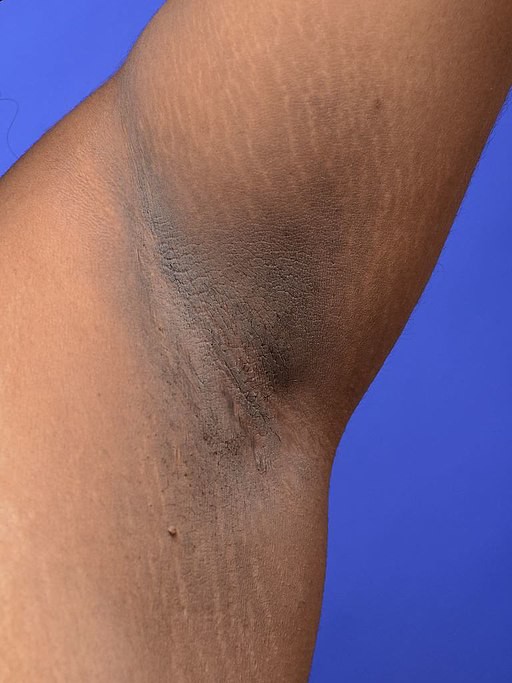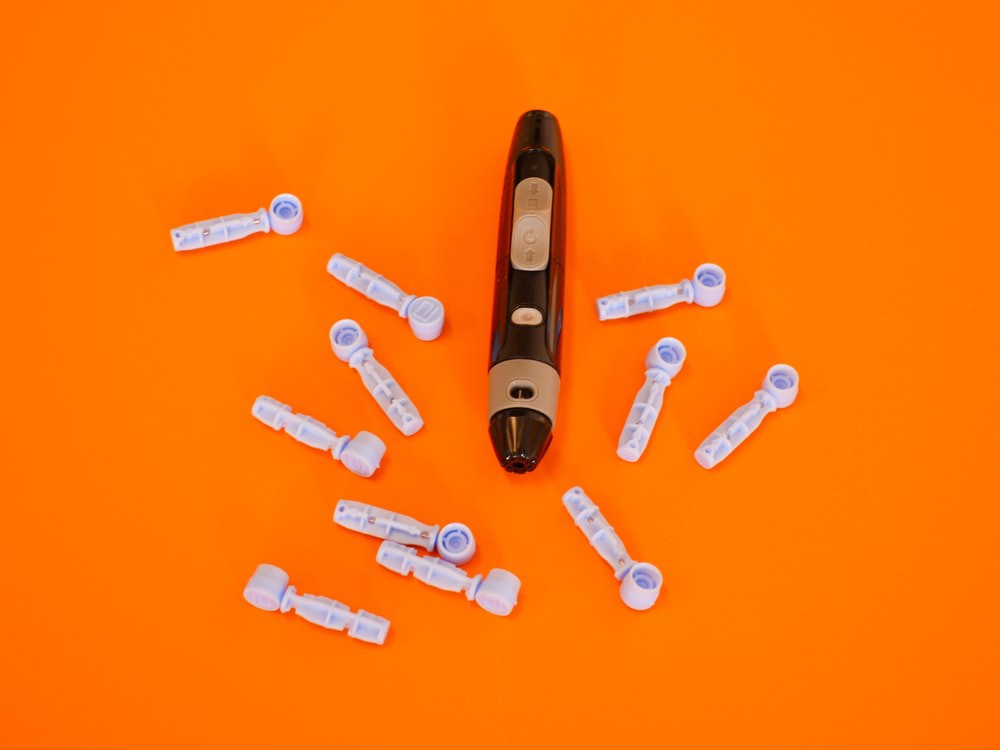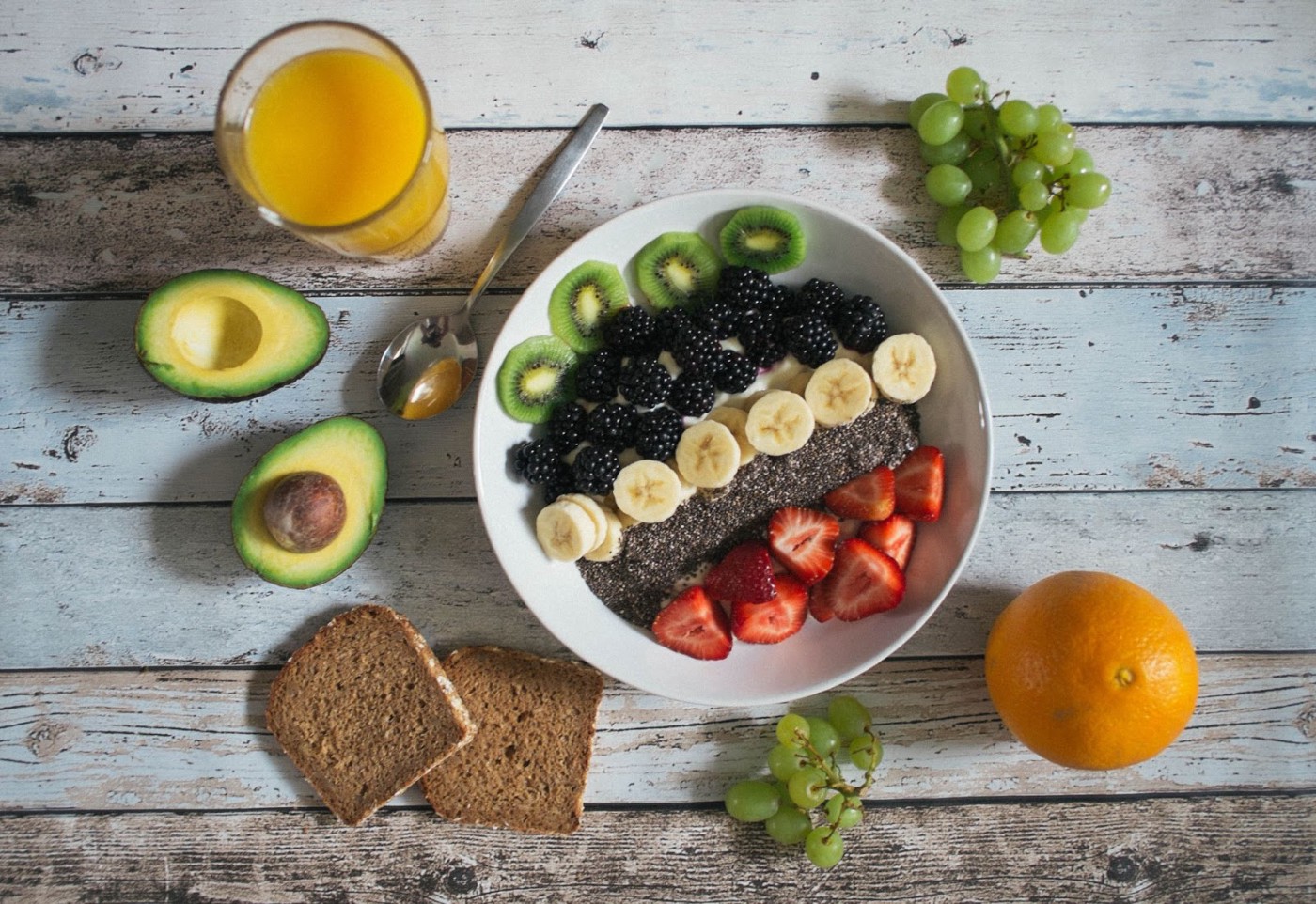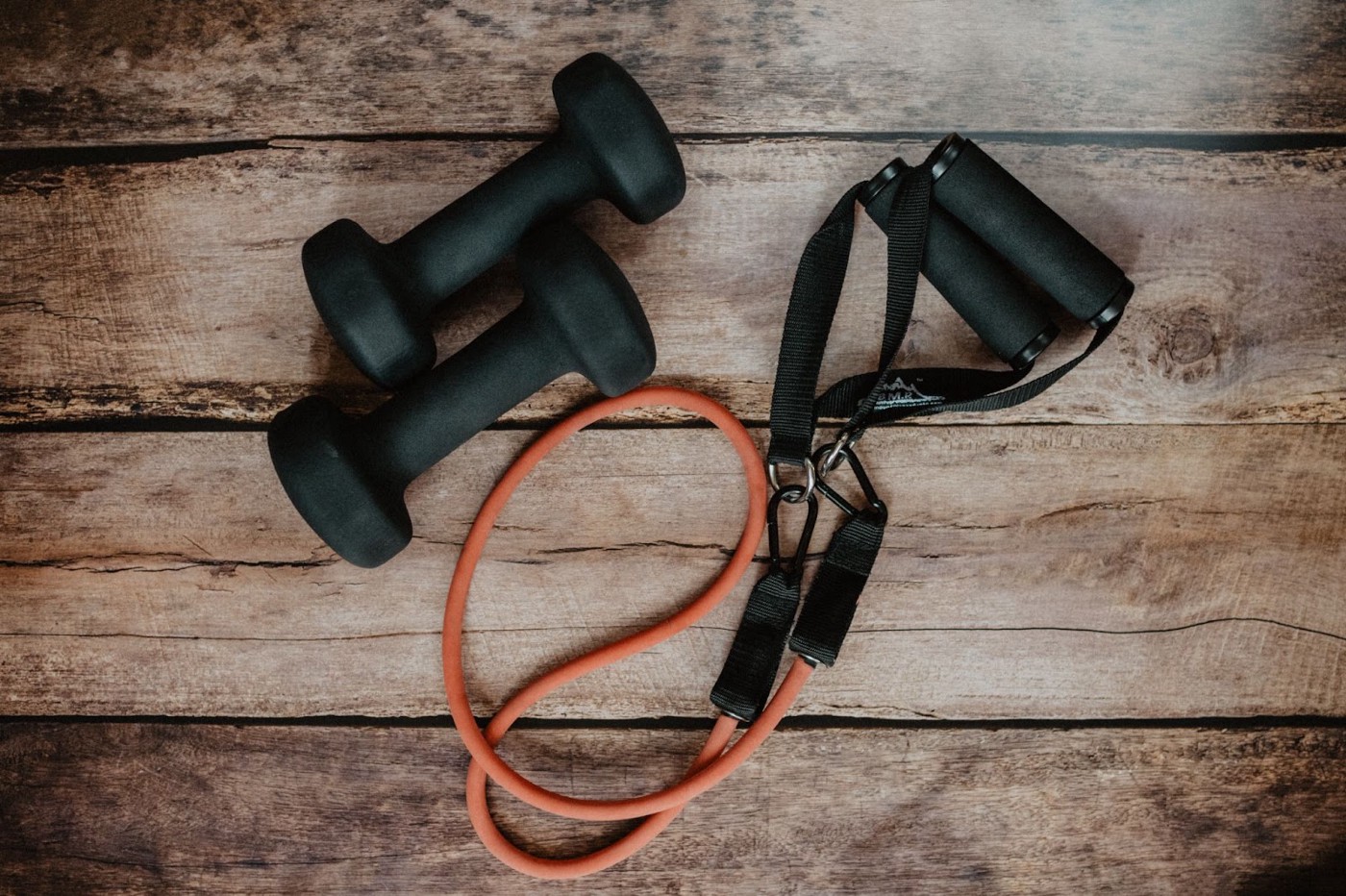‘My doctor told me I am a prediabetic.’
‘Arre one has either diabetes or one doesn’t. Just cut down on sugar and it will be fine!’
Prediabetes, also known as borderline diabetes, is when you have blood sugar levels higher than normal. However, these levels are not high enough to be considered diabetes.
It is common to downplay the importance of a prediabetes diagnosis. After all, it is not diabetes, and you have time to work on your lifestyle right?
Well, while prediabetes is the stage that comes before diabetes, long term damage of various organs in the body, such as — kidney and blood vessels may actually begin in the prediabetes stage.
The good news is that with lifestyle modifications including exercise, dietary changes and weight loss, it is possible to reverse the condition and prevent the full onset of diabetes.
In this blog post, we are going to look at the prediabetes symptoms, causes, risk factors of prediabetes as well as ways to reverse prediabetes and prevent its progression!
Let’s take a look at some of the symptoms of prediabetes…
Prediabetes Symptoms
It is hard to detect this disease purely on the basis of prediabetes symptoms as these symptoms can also commonly be seen in diabetics. However, here are some of the well-known prediabetes symptoms:
- Darkened skin– Darkened skin or darkened velvety patch on the skin is known as Acanthosis Nigricans is a common skin condition associated with prediabetes. It is seen on the back of the neck, armpit or groin region.
- Increased thirst– The frequent urge to drink water is a common prediabetes symptom. This occurs due to increased urination, which leads to increased loss of water and consequently, increased thirst.
- Frequent urination– The frequency of urination increases as the body tries to get rid of the excess blood sugar by eliminating it in the urine.
- Extreme hunger– Satiety or the feeling of satisfaction after eating gets disturbed, and as a result, there is an increase in appetite.
- Blurry vision– Vision/ eyesight can get negatively affected.

If you have any of these prediabetes symptoms, it might be wise to consult your doctor and get evaluated for prediabetes.
Advertisements
If you’re looking for personalised care for prediabetes management and a holistic approach including nutritional advice, regular blood sugar monitoring and doctor consults, then reach out to us on the Zyla app or visit our website-Zyla.in.
Now that we know what the prediabetes symptoms are, let’s look at prediabetes diagnosis!
Prediabetes Diagnosis
While the above-mentioned symptoms can help in making one aware of the possibility of prediabetes, the prediabetes diagnosis is usually done after a comprehensive evaluation of your health, symptoms and blood tests.
The following blood tests are used in prediabetes diagnosis-
Glycosylated Hemoglobin Test (Hba1c)
This test is conducted once in 3 months and helps to determine the average blood sugar levels in the past 3 months. It does not require fasting and is generally seen as a percentage in your lab reports.

Fasting Blood Sugar (FBS)
This parameter needs to be measured on an empty stomach in the morning. The term “fasting” indicates that a gap of at least 8 hours needs to be maintained before it is checked.

Post-Prandial Blood Sugar (PPBS)
These vitals need to be measured 2 hours after a meal for an accurate value. It can be measured either after breakfast, lunch or dinner. Medicines can be taken as suggested in the gap of 2 hours but food intake is not allowed.

Glucose Tolerance Test (GTT)
It is considered to be an accurate test for prediabetes diagnosis.
Here one sample is collected when you are fasting, post which you are given a liquid containing a significant amount of glucose. Further samples are collected after one, two and three hours. The samples are then studied for better analysis.
C-Peptide Test
This test helps to identify the type of diabetes. Along with insulin, the pancreatic cells also produce a hormone called C-peptide. Whenever we see low C-peptide levels and high blood sugar levels in our reports, it confirms the diagnosis of Type 1 Diabetes.

Make your health a priority and get an “Advanced Full Body Checkup of 61 tests with home collection” done. Reach out to us at Zyla.in or download the Zyla app for health check-up packages and comprehensive test analysis.
Now that we know the process of prediabetes diagnosis, let’s look at some of the causes of prediabetes!
Causes of Prediabetes
The exact cause of prediabetes is still unknown but here is what might cause prediabetes:
- If there is a family history of diabetes, there is a strong chance that the person could be borderline diabetic. Clinical data shows that family history and genetics play an important role in the development of prediabetes.
- Glucose (sugar) in our body is derived from the food we eat and it enters our system as we digest the meals.
A hormone secreted from the pancreas known as ‘insulin’ is responsible for transporting sugar from our bloodstreams to various cells of the body so that they can carry out other bodily processes, thus lowering the amount of sugar in the blood.
As the blood sugar level slows down, the pancreas slows down the secretion of insulin.
The main mechanism in prediabetes is that this process of blood sugar control doesn’t work well. The pancreas might not produce enough insulin or at times the cells become resistant to the action of insulin.
As a result, sugar doesn’t enter the cells and gets absorbed, it starts accumulating or building up in the bloodstream leading to prediabetes symptoms.
For further in-depth information, read our comprehensive blog post on diabetes mellitus.
There are a number of risk factors that can lead to the disruption of this insulin mechanism, so let us take a closer look at these.
Risk Factors
The risk factors mentioned below are more or less related to causing Type 2 Diabetes, yet they increase the chances of susceptibility to prediabetes.
- Weight: Being overweight and having increased abdominal fat in particular, results in increased resistance of the cells towards insulin.
- Waist size: Larger waists are also associated with insulin resistance. The insulin resistance increases for men with a waist larger than 40 inches and for women with a waist larger than 35 inches.
- Nutrition: Poor dietary habits play an important role in the development of prediabetes. Sugar-sweetened beverages, red meat etc is associated with increased blood sugar levels and insulin resistance.
- Sedentary lifestyle: Sedentary lifestyle leads to weight gain and abdominal obesity, which is a risk factor for a prediabetes diagnosis.
- Age: The chances of having prediabetes symptoms increase after the age of 45, but an unhealthy lifestyle can lead to the development of prediabetes at any age.
- Family history: The risk of a prediabetes diagnosis increases if it persists within the family, especially a parent or a sibling.
- Ethnicity: Some studies suggest that certain people like Hispanics, Asian Americans, etc are more susceptible to prediabetes.
- Gestational Diabetes: If a woman has gestational diabetes while she is pregnant, the risk of developing prediabetes post-delivery increases.
- Polycystic Ovary Syndrome: This condition also known as PCOS, has symptoms like irregular menstruation cycles, weight gain and increased insulin resistance, all of which increase the risk of a prediabetes diagnosis.
- Sleep: Irregular sleep cycle, or obstructive sleep apnea, which is a condition where sleep gets disrupted repeatedly, increases the risk of developing insulin resistance and thereafter prediabetes.
- Smoking: Some studies suggest that smoking makes one more prone to insulin resistance. For further information, read our blog post on how smoking and diabetes can create a deadly combination for your health.
Now that we know how prediabetes occurs, let us look at some important tips for prediabetes treatment, prevention and reversal!
Prediabetes Treatment, Prevention and Reversal
Healthy lifestyle choices can certainly lower high blood sugar levels and thereby prevent progression to the full onset of diabetes. Consistently maintaining these healthy lifestyle choices can even lead to the reversal of prediabetes. These healthy lifestyle modifications include:
1. IMPROVING NUTRITION
Including healthier foods in your diet can go a long way to reducing elevated blood sugar levels.
- Try to include more fibre in your diet by the means of vegetables in the form of sabzis/ vegetable curries and salads, up to 3–5 times a day. You can also add 2–3 fruits to your diet by having them in your mid meals.
- Include whole grains and complex carbohydrates such as oats, quinoa, bajra, and brown rice in order to reduce your blood sugar spikes and stay full for longer periods of time.
- Avoid packaged, processed, sugary and fried foods. If you do find yourself craving these treats, look for healthier recipes and try to make them at home so you can control the amount of oil and sugar in your treats.
- Increase your protein intake by including lean meats like fish, skinless chicken over red meats like mutton, beef, etc. Vegetarians can opt for dal soups, low-fat paneer, pulses, and tofu.
If you’re a diabetic and worried about your diet, then I recommend you read our blog, “Diabetes meal planning: A brief about diabetic diet”.

2. DAILY EXERCISE ROUTINE
Regular moderate physical activity can reduce weight, even reduce abdominal fat, improve insulin resistance and chances of prediabetes symptoms — all of which are important in the mechanism of treating and preventing prediabetes.
Did you know that losing just 5 to 7% of excess body weight can lead to a 60% reduction in the progression of type 2 diabetes?
- Aerobic activity: Try to do at least 30 minutes of aerobic activity a day. This can range from walking, jogging, running, cycling to swimming or skipping rope. Start off slowly and gradually build your stamina and consistency.
- Choosing an activity or exercise routine that you genuinely enjoy helps you to stick to it consistently. Remember — consistent lifestyle changes produce better results!
- Strength training: Strength training can help build muscle mass, which also decreases insulin resistance. Start slowly and build up to a routine of strength training 2–3 times a week.
- Yoga: Yoga can be a very relaxing exercise routine, which improves flexibility and also burns calories at the same time. It can also lead to stress reduction which plays an important role in the prevention of prediabetes.
With all this, exercising is also known to reduce stress which helps in preventing prediabetes. To know more, you can read- “The mental health benefits of physical exercise”.
3. SMOKING CESSATION
Smoking cessation can be a powerful lifestyle measure to prevent the development of diabetes, further down the line.
- Smoking cessation can actually improve insulin resistance, 8 weeks after stopping.
- It also reduces abdominal obesity.
- Prevents the narrowing of blood vessels of the heart, kidney and eyes.
4. MEDICATIONS
There are certain medications your doctor can prescribe for prediabetes treatment to reduce the increased blood sugar levels and improve insulin resistance.
- Metformin: Metformin is an effective drug for prediabetes treatment. It reduces blood sugar levels, improves insulin resistance and even promotes weight loss. Your doctor will evaluate you completely, analyse your blood test reports and then prescribe the medication.
- Blood pressure medications and cholesterol-lowering medications: These medications may be prescribed for prediabetes treatment, after an evaluation by your consulting doctor.
The information about prediabetes and diabetes can be overwhelming. However, it is necessary to remember that a prediabetes diagnosis is a wake-up call to take your health seriously.
Remember to also include these lifestyle changes as they can help you prevent the onset of diabetes and even completely reverse your prediabetes diagnosis!

If you suspect that you have prediabetes or are at risk of developing prediabetes, reach out to your doctor for a complete evaluation of your health.
So what are you waiting for? Take charge of your health and start including these healthy lifestyle changes today!
If you’re looking for personalised holistic care that involves 24*7 support and care coordination across nutrition, medicine and physiotherapy, then reach out to us at Zyla.in or the Zyla app.
Zyla has a team of 50+ medical experts and a Defeating Diabetes program that is specifically tailored for prediabetes. Reach out to us today at Zyla.in or download the Zyla app to schedule a consultation with us.
Stay strong! Stay healthy!
Connect with us:
- Subscribe to our Youtube channel: https://bit.ly/2o19OzE to watch videos on health and health-related conditions.
- Find us on Facebook:https://www.facebook.com/zylahealth
- Join our Facebook community, “Defeating Diabetes” and get daily updates:https://bit.ly/2nloObl
- Find us on Instagram:https://www.instagram.com/zylahealth/
- Visit our website:https://www.zyla.in/
- Talk to us on WhatsApp — https://goo.gl/kjofP
For more information, you can visit us




Comments